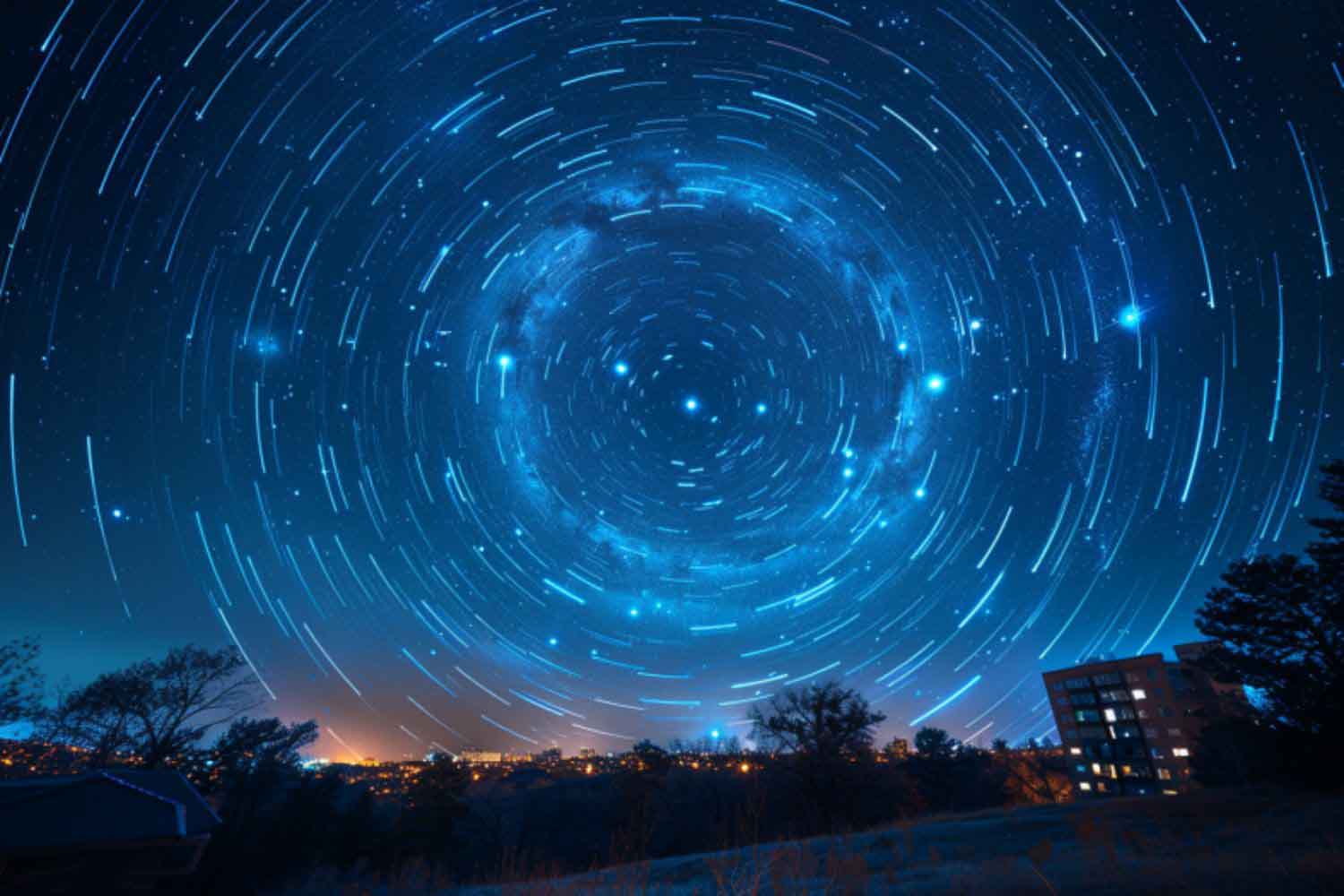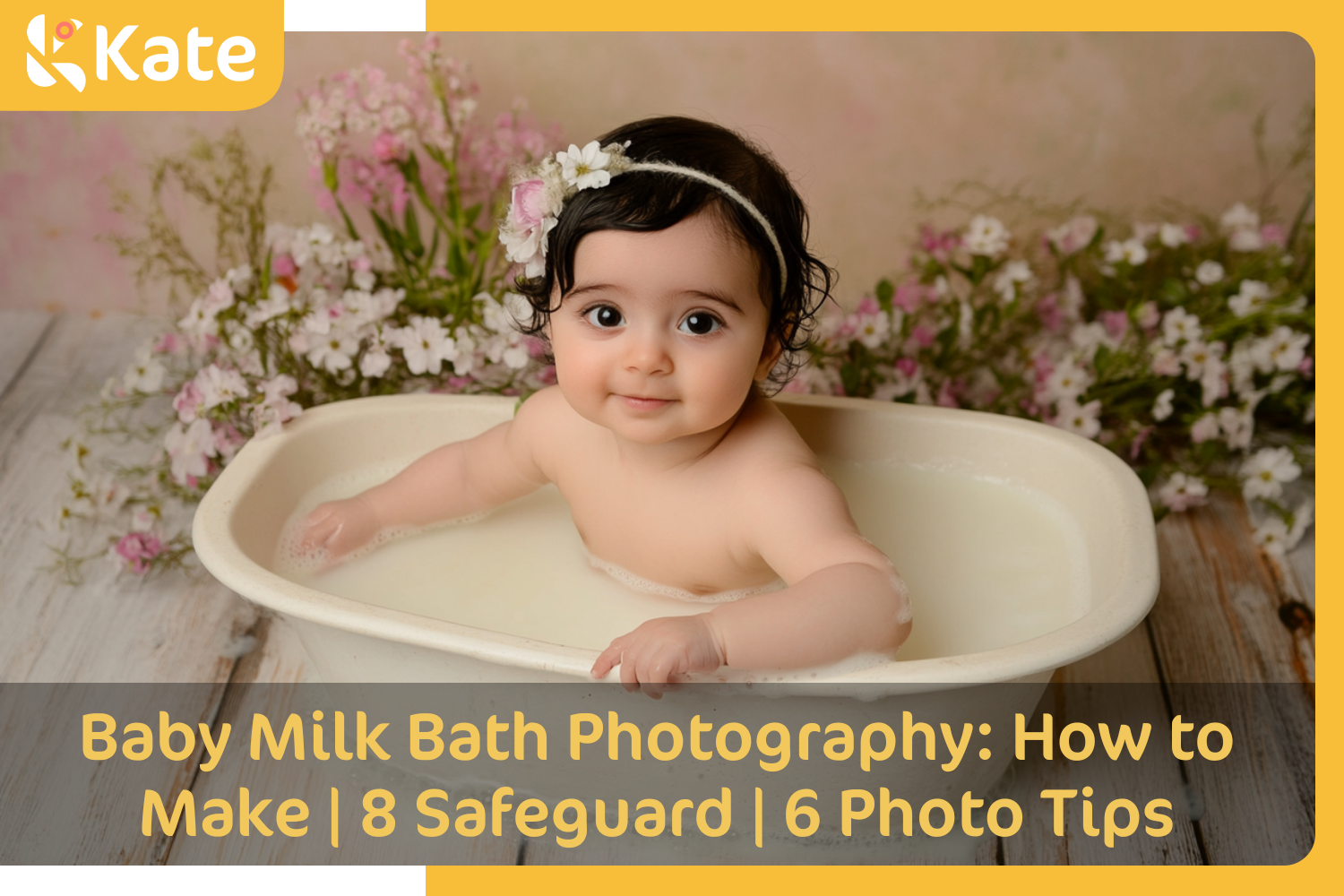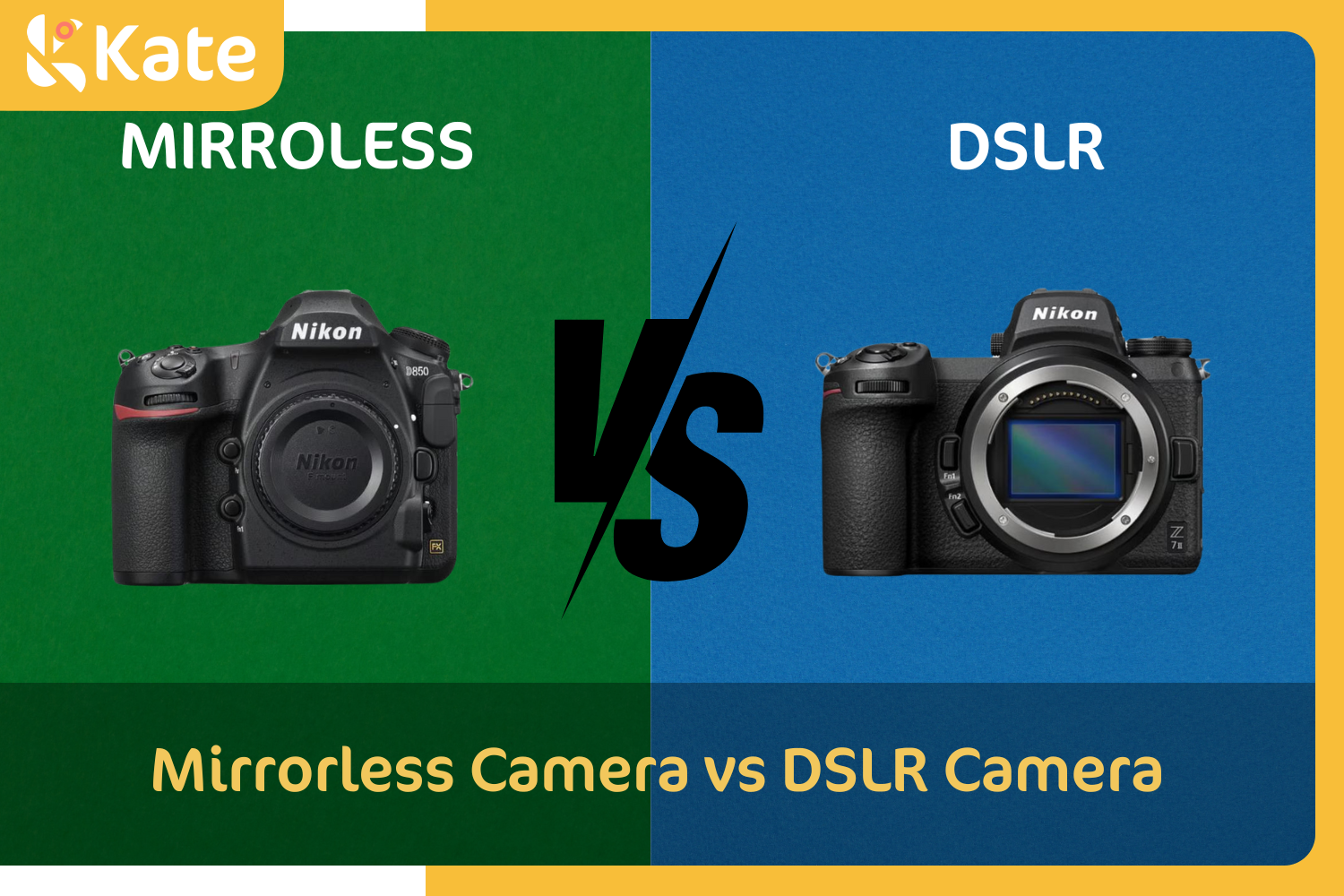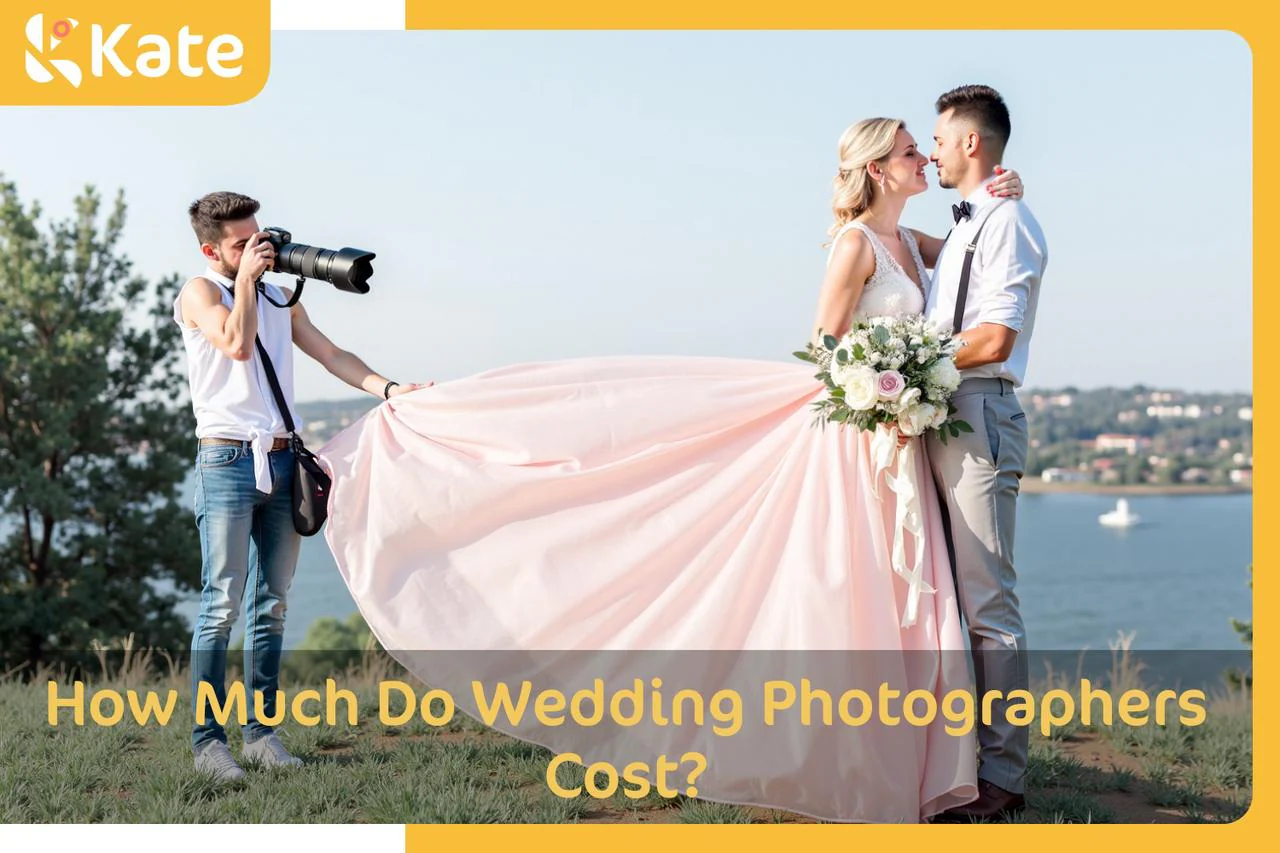Nachtfotografie: Een beginnersgids om de nacht te beheersen Designed by

Nachfotografie is zowel intrigerend als uitdagend, vol mogelijkheden en toch met een aanzienlijke leercurve. Als je wilt leren hoe je een goede nachtfotograaf kunt worden, moet je je begrip van de basisprincipes van fotografie verdiepen, zoals belichting en de belichtingsdriehoek van diafragma, sluitertijd en ISO, vooral bij het fotograferen met hogere ISO-instellingen dan je gewend bent. Witbalans is ook cruciaal, net als het leren omgaan met de gevaren van ruis, over- en onderbelichting en kleurproblemen.
Wanneer je competentie bereikt, is nachtfotografie een uitstekende manier om de wereld in een compleet ander licht uit te drukken. Nachtafbeeldingen van landschappen, stadsgezichten of de nachtelijke hemel hebben een diepere diepte, emotionele rijkdom en een gevoel van leegte of verlatenheid dan daglichtfoto's van dezelfde locatie. Dit gezegd hebbende, kan het gemakkelijker zijn om betekenisvolle foto's 's nachts te maken als je goed voorbereid bent.
Deze gids voor nachtfotografie helpt je de vereisten te begrijpen voor het maken van hoogwaardige opnamen in omgevingen met weinig licht. De essentiële zaken die worden behandeld, zijn apparatuur voor nachtfotografie, de juiste instellingen en aanpassingen, scherpstellen in het donker, compositieregels en technieken voor succes en hoe je foto's kunt perfectioneren in de nabewerking.
Wat is Nachfotografie?
Nachtfotografie is een type fotografie dat wordt gemaakt in omgevingen met weinig licht, tussen de gouden uren van het laatste licht en het eerste licht van de dag. Bij nachtfotografie vertrouwt de fotograaf vaak op kunstlicht zoals straatverlichting, stadslichten en voertuiglampen met een artistiek effect. Astrofotografie van de maan en sterren wordt ook beschouwd als nachtfotografie en vertrouwt op lange belichtingen en hoge ISO om de schaarse lichtbronnen vast te leggen.

De kleurpaletten van nachtfotografie hebben de neiging donkerpaarse, blauwe en zwarte tinten te bevatten. Fotograferen op dit tijdstip van de dag is een geweldige excuus om buiten je comfortzone met je camera te stappen en te experimenteren met de handmatige modus, waarbij je zelf alle instellingen selecteert in plaats van afhankelijk te zijn van de standaardinstellingen van de camera.
Het vastleggen van foto's 's nachts levert andere resultaten op dan gedurende de dag op dezelfde locatie. Bij nachtfotografie, in plaats van op zoek te gaan naar fel licht om alle details en geheimen van het onderwerp dat we fotograferen te onthullen, zoeken we naar subtiele lichtbronnen die specifieke details tot leven brengen terwijl andere verborgen blijven, en zo een andere realiteit onthullen dan degene die we overdag zien. De sluitertijd, het diafragma en de ISO moeten correct worden ingesteld om deze betekenisvolle opnamen te maken en de wereld vanuit een ander perspectief te laten zien. We zullen nu de belangrijkste belichtingsinstellingen en apparatuur doornemen om je te helpen op te vallen met je nachtfoto's.
Welke Apparatuur Is Nodig Voor Nachtfotografie?
Voordat je naar buiten gaat, zijn hier enkele belangrijke apparatuur die nodig zijn bij het maken van foto's 's nachts.
-
Een mirrorless of DSLR-camera met een full-frame sensor Cameras met een full-frame sensor vangen meer licht dan die met een crop-sensor, en lichtvangen is essentieel voor de prestaties van een camera bij nachtfotografie.
-
Robuust statief - Het belangrijkste om te onthouden bij het nachtelijk fotograferen is dat de camera gestabiliseerd moet zijn op een statief. Bij het maken van lange belichtingsfoto's detecteert de camera schokken, wat resulteert in onscherpe beelden. Een goede vuistregel bij het bepalen of een statief nodig is, is dat als de sluitertijd langzamer is dan een tweede gedeeld door de brandpuntsafstand van de gebruikte lens, het niet handmatig moet worden vastgehouden. Dus, voor een 20 mm-lens, zou je de camera niet handmatig moeten vasthouden als je probeert om sluitertijden te gebruiken die langzamer zijn dan 1/20e van een seconde.

-
Sluiter release - Een afstandsbediening voor de sluiter is een andere handige tool voor nachtfotografie. Deze variëren van eenvoudige drukknoppen tot geautomatiseerde programmeerbare opties, die in staat zijn om elke gewenste reeks van tijdvertragingopnamen te maken. Afstandsbedieningen stellen je in staat om de sluiter van je camera te activeren zonder deze aan te raken. Dat klopt; zelfs de actie van het voorzichtig aanraken van de sluiterknop op de camera kan beweging in de foto introduceren.
-
Lenzen - Het laatste stuk apparatuur dat nodig is voor je camera is een lens van goede kwaliteit. Snelle lenzen met grote diafragma's zijn bij voorkeur 's nachts. Hoe sneller de lens, hoe lager de ISO en hoe sneller de sluitertijd, wat beiden wenselijk zijn. De beste opties zijn lenzen met f-stops die minstens zo klein zijn als f/2.8, zo niet lager. F/4.0-lenzen kunnen ook worden gebruikt. Echter, elke hogere f-stop vereist een langzamere sluitertijd of hogere ISO's.
Naast deze essentiële stukken apparatuur voor nachtfotografie, overweeg een hoofdlamp om licht te geven bij het veranderen van instellingen en uitrusting, extra batterijen omdat lange belichtingen batterijen snel verbruiken, extra geheugenkaart voor het opslaan van hoge-referentie nachtfoto's, een lens hood om ongewenst licht te voorkomen dat lensflare produceert, neutraal density filter om de prestaties van de belichting te verbeteren tijdens lange belichtingen, lichtevervuilingfilter en een lenswarmer om condensatie op je lens in koele nachtelijke temperaturen te voorkomen.
Waarom Is Belichting Belangrijk Voor Nachtfotografie
Belichting speelt een cruciale rol in nachtfotografie vanwege de van nature lage lichtscenario's en de noodzaak om voldoende licht vast te leggen voor een goede belichting zonder ruis in te voeren of de afbeelding over te belichten. Om een goede belichting te bereiken, helpt het om te begrijpen hoe de belichtingsdriehoek van sluitertijd, diafragma en ISO goed in balans zijn, en dat wanneer je er een aanpast, de anderen ook moeten worden veranderd om de balans te behouden. Bijvoorbeeld, als je de ISO verhoogt om de camera gevoeliger voor licht te maken, moet je mogelijk het diafragma verkleinen, de sluitertijd verhogen, of beide.
Het verhogen van de ISO veroorzaakt de belichtingsuitdaging van ruis - dus je moet met je instellingen werken om een balans te bereiken tussen ISO en sluitertijd die de ruis vermindert of elimineert, wat resulteert in schonere beelden.
Een derde uitdaging is om fel licht en schaduwen in evenwicht te brengen wanneer de scène voertuiglichten, straatlichten en andere heldere bronnen omvat die sterk contrasteren met diepe schaduwen. Dit negeren kan leiden tot overbelichting en schittering.
Accurate belichtingswaarden kunnen dramatisch veranderen hoe onze foto's er 's nachts uitzien. Je kunt ze veranderen zoals je wilt, afhankelijk van het type uitstraling dat je nastreeft. Het is ook belangrijk om nooit je opnamen onder- of over te belichten, omdat dit je meer vrijheid in de nabewerking geeft, aangezien je zoveel mogelijk detail en kleurinformatie behoudt.
Wat zijn De Belichtingsinstellingen Voor Nachtfotografie?
Belichting bestaat uit drie hoofdp参数: sluitertijd, ISO en diafragma, die samen de belichtingsdriehoek vormen. Ze werken samen om je perfecte nachtelijke opname te creëren.
Een groot diafragma wordt gebruikt voor nachtfotografie. Ook wel een lage f-stop genoemd, f/1.4 tot f/4.0 worden gebruikt afhankelijk van de lichtomstandigheden, je andere instellingen en de effecten die je wilt dat de opname bevat.
Langzame sluitertijden van enkele seconden tot meer dan 30 seconden zijn nodig om genoeg licht vast te leggen voor een goede belichting.
Een ISO-instelling van 800 of hoger, afhankelijk van de mogelijkheden van je camera en de andere instellingen die je kiest, maakt de sensor gevoelig genoeg om licht te verzamelen in omstandigheden met weinig licht.
Tip: Fotograferen in RAW staat voor een grotere dynamische bereik en geeft je maximale controle over belichtingsaanpassing, witbalans, ruisreductie, kleurcorrectie en afbeeldingsdetail/scherpte in de nabewerking.
Naast die primaire instellingen, kies automatische witbalans wanneer je RAW fotografeert; anders is een aangepaste 3000K tot 5000K die overeenkomt met de lichtomstandigheden van de maan, straatlichten, enz. geschikt voor nachtopnamen.
Sluitertijd
Sluitertijden van enkele seconden in goed verlichte stadsgezichten, bijvoorbeeld, tot 30 seconden of meer voor astrofotografie worden gebruikt.
Aangezien de camera veel meer licht nodig zal hebben om zijn sensors binnen te laten om een correct belichte afbeelding te produceren, moet je de sluitertijd verlagen. In de automatische stand zal de camera meestal sluitertijden gebruiken die langer zijn dan één seconde - soms aanzienlijk langer. Of je kunt een aangepaste sluitertijd instellen en trial-and-error gebruiken om een goede belichting te krijgen. Hier is een herinnering dat een statief essentieel is, aangezien de sluitertijden langer zijn dan normaal, elke beweging in deze tijd zal je afbeelding onscherp maken. En een afstandsbediening voor de sluiter zal ook onschatbaar zijn.
Het gebruik van de diafragma-prioriteitsmodus en het laten aanpassen van de sluitertijd door je camera is ook een optie.
De bulb-modus is een andere methode om foto's 's nachts vast te leggen en wordt gebruikt om de sluiter langer dan 30 seconden open te houden. Deze modus is effectief wanneer je precies getimede lange belichtingsfoto's wilt maken. Het wordt het vaakst gebruikt om lichtsporen, zeelandschappen en stadsgezichten vast te leggen.
Diafragma
De aanbevolen diafragmastellingen zijn f/8, f/11 of f/16 voor nachtfotografie, in het algemeen. Dit is om wat men een lange scherptediepte noemt te creëren, waardoor je een afbeelding kunt maken die scherp is van de voorgrond tot de achtergrond. Net als bij sluitertijd, kun je je opnamen lichter of donkerder maken met het diafragma. Het is het beste om te beginnen bij f/11, en als het beeld te licht is, naar f/16 te gaan; als het te donker is, ga dan naar f/8.
Voor astrofotografie is een f-stop van 2.8 of breder nodig.

ISO
ISO van 100 tot 3200 worden gebruikt voor nachtfotografie, afhankelijk van de scène. In een goed verlicht stadsbeeld, begin bij 100 of 200; voor astrofotografie, begin bij ISO 800.
Als je niet probeert beweging vast te leggen 's nachts, gebruik dan een lage ISO-instelling en compenseer met een breder diafragma en/of een tragere sluitertijd. Hoge ISO laat ruis achter en maakt je foto's korrelig, vooral bij nachtfotografie, waarbij donkere gebieden van je afbeelding de neiging hebben meer digitale ruis te vertonen dan lichtere gebieden. De ideale ISO-waarde zou 100 of 200 zijn. Ruis in een afbeelding creëert een gespikkeld uiterlijk met doffe kleuren. Om een schone, scherpe en kleurrijke nachtfoto te krijgen, moet je zoveel mogelijk ruis vermijden.
Vanwege het belang van belichting in nachtfoto's, geeft fotograferen in handmatige modus je de meeste controle over elk van deze instellingen die cruciaal zijn voor belichting. Experimenteren met je ISO, diafragma en sluitertijd driehoek zal elke opname een unieke uitstraling geven.
Let op dat veel camera's ook een nachtmodus hebben met een of meer vooraf ingestelde opties.
Hoe te Focussen in Nachtfotografie
In het donker is het moeilijk voor een camera om scherp te stellen. Hier is hoe te focussen in nachtfotografie: Focus op iets dat in de verte verlicht is, schak Switch de lens vervolgens naar handmatige focus om het brandpunt te fixeren. Zodra je de focus hebt ingesteld, recombineer je je afbeelding en druk je op de sluiterknop om de foto te maken. Dit kan frustrerend zijn, maar gedurende de nacht heeft de camera niets om op te focussen, aangezien er geen contrast is in donkere scènes.

Als je de voorkeur geeft aan autofocus, hier is een handige tip: grab een zaklamp en schijn deze op het onderwerp waarop je wilt dat je camera zich richt. Als het onderwerp binnen een redelijke afstand is, zou het licht van de zaklamp voldoende moeten zijn voor je camera om scherp te stellen. Vergeet niet dat het gebruik van het juiste diafragma ook kan helpen om scherpte en contrast terug te brengen voor de camera om op te focussen, waardoor de effectiviteit van deze techniek wordt vergroot.
Sommige lenzen hebben hyperfocale markeringen om te helpen bij het maximaliseren van de scherptediepte en het bereiken van kritische focus. Veel handmatige focus prime lenzen hebben dit, samen met een harde oneindigheidsstop. Focussen op de markeringen zou moeten helpen om de achtergrond en de voorgrond samen te brengen om een scherpe afbeelding te creëren.
Wat zijn Gewone Compositie Regels en Technieken Voor Nachtfotografie?
Er zijn algemene compositieregels en technieken voor nachtfotografie en deze zijn specifiek voor het fotograferen in de nacht. Je moet weten hoe je je camera-instellingen kunt aanpassen en verschillende technieken kunt toepassen om geweldige opnamen in weinig licht te krijgen.
-
Regel van derden - Deze techniek is van toepassing op alle soorten fotografie, inclusief nachtfotografie. Deze regel creëert een 3x3 raster door de afbeelding in gelijke delen te verdelen op zowel de horizontale als verticale assen. Je kunt het kruispunt van deze lijnen als het focuspunt van de afbeelding gebruiken, wat een gebalanceerde en visueel aantrekkelijke compositie creëert die de aandacht van de kijker naar dat punt trekt.
-
Kaderring - Deze methode kan je opnamen diepte en interesse geven door natuurlijke of kunstmatige items te gebruiken om het onderwerp van de afbeelding te omlijsten. In nachtfotografie kan dit bomen, bogen of andere items omvatten.

-
Symmetrie - Deze techniek houdt in dat een afbeelding in twee gelijke helften wordt verdeeld. In nachtfotografie kan symmetrie worden bereikt door natuurlijke reflecties te gebruiken of foto's van hetzelfde onderwerp vanuit verschillende hoeken te maken. Afbeeldingen met symmetrie kunnen een rustgevend effect op het oog hebben en een gevoel van vrede creëren.
-
Creëer lichtsporen en stersporen - Experimenteer met tragere sluitertijden om onscherpe lichtsporen van bewegende lichten van voertuigen, vliegtuigen bij het opstijgen of een panoramische reeks opnamen vast te leggen - meerdere opnamen die samen kunnen worden gevoegd tot interessante panorama's. Voor stersporen zijn zeer lange belichtingen vereist, met de camera op een statief en de sluiter geactiveerd door een afstandsbediening.

-
Benadruk negatieve ruimte - Een van de mooiheden van fotograferen 's nachts is dat je de duisternis kunt gebruiken om de afbeelding die je vastlegt te benadrukken. Gebruik de regel van derden om het object met negatieve/donkere ruimte te omringen.
-
Produceer silhouetten - Tamelijk het tegenovergestelde van het gebruik van negatieve ruimte, deze nachtfotografietechniek gebruikt tegenlicht om het belangrijkste object te omringen en silhouetteren.
-
Voeg bokeh toe - Wanneer er licht op de achtergrond is, gebruik je een groot diafragma, wat resulteert in een ondiepe scherptediepte en een dromerige vervaging achter het gesilhouette onderwerp.
Wat zijn de Onderwerpen van Nachtfotografie
Hier zijn enkele onderwerpen voor nachtfotografie om je creativiteit op gang te brengen.
-
Straatlichten - Straatlichten kunnen een interessant aandachtspunt bieden in een leeg gebied van de afbeelding, of ze nu de belangrijkste focus zijn of slechts een achtergrondobject. Meerdere lichten zijn uitstekend in het creëren van leidende lijnen in de foto. Om ze met minder ruis vast te leggen, gebruik een lage ISO van 100-400. Stel een smal diafragma in van f/8 - f/16 voor een grotere scherptediepte en een lage sluitertijd van 1-10 seconden om mooie sporen te creëren.
-
Portretten - Wanneer je portretten 's nachts vastlegt, wil je de laagst mogelijke diafragma gebruiken. Hoe lager het is, hoe meer licht je in je camera kunt laten. Gewoonlijk voldoet alles van f/2 tot f/2.8. Verlaag je sluitertijd totdat je genoeg licht binnenlaat om je gewenste belichting te bereiken. 1/10 of 1/30 zou moeten voldoen. De ISO die ik gebruik ligt rond de 400 tot 800, maar je kunt zo hoog gaan als 1600.

-
Landschap - Er zijn geen universele instellingen voor landschapsfotografie, dus het draait allemaal om experimenteren. Om het licht dat de camera binnenkomt te maximaliseren, raad ik aan om brandpuntsafstanden van 14 tot 300 mm en snelheden van f/1.4 tot f/2.8 te gebruiken. De sluitertijd moet relatief laag zijn—ongeveer 15 seconden zou goed moeten zijn. Aan de andere kant kunnen ISO-waarden iets hoger worden ingesteld. Begin met 5000 en werk omhoog als dat niet genoeg is.
-
Wildlife - Wildlife kan uitdagend zijn om vast te leggen, en als fotograaf heb je een snelle reactietijd nodig voordat het moment voorbij is. Wat betreft sluitertijd, streef naar 1/80 tot 1/150. Dit zou voldoende licht moeten binnenlaten om een betekenisvolle afbeelding te creëren. Een volledig open diafragma van f/2.8 tot f/4 laat veel meer licht binnen. ISO zou niet lager mogen zijn dan 3200.

Wat zijn de Gewone Camera-instellingen Voor Nachtportretfotografie?
De ideale sluitertijd voor de meeste nachtopnamen is 1/10-1/30. Deze trage sluitertijd helpt je om het best mogelijke portret vast te leggen. De ISO zou doorgaans moeten worden ingesteld op 400 of hoger. Dit zorgt ervoor dat de afbeeldingen voldoende belichting krijgen zonder veel ruis te creëren. Een diafragma van f/2 tot f/2.8 zou moeten voldoen. Nachtportretmodus, als je camera deze heeft, is een automatische modus die je moet proberen, aangezien deze een tragere sluitertijd geeft, wat resulteert in betere beelden.
Een groot diafragma, trage sluitertijd en hogere ISO zijn gebruikelijke instellingen voor nachtportretfotografie.
Automatische witbalans werkt in veel nachtelijke scenario's. Waar kunstlicht een gelige tint afgeeft, kun je deze verminderen met de tungsten-instelling voor nachtportretfotografie. Kies spotmeting, wat betekent dat de camera het licht meet dat je onderwerp raakt of door het wordt uitgezonden, als je een lichtbron fotografeert, hoewel de rest van het beeld donker is.
Belichtingscompensatie wordt gebruikt bij nachtfoto's om de helderheid van de foto te verhogen of te verminderen. Deze instelling kan kritisch zijn 's nachts omdat de omstandigheden met weinig licht, soms met een of enkele felle lichten, het moeilijk maken voor de camera om het beschikbare licht correct te meten en de beste instelling te kiezen.
Als je de apparatuur hebt, geeft een externe flitser je controle over de flitshelderheid en richting. En wanneer je de opname maakt, zal handmatige focus je het gewenste resultaat geven, aangezien autofocus in donkere scènes verward kan raken.
Wat zijn de Essentiële Technieken Voor Nachtfotografie Nabewerking?
De beste technieken om te leren voor nachtphotografie nabewerking zijn: fotograferen in RAW, belichting aanpassen, ruis verminderen, witbalans corrigeren, kleur verbeteren, contrast corrigeren, helderheid verbeteren, de afbeelding verscherpen en de afbeelding dodgen en branden.
-
Fotograferen in RAW Fotograferen in RAW 's nachts stelt je in staat om grotere en fijnere wijzigingen aan te brengen zonder de beeldkwaliteit in de nabewerkingsfase te verslechteren.
-
Belichting aanpassen Tweak hoogtepunten en schaduwen om een aangename balans te bereiken. Fijn afstemmen van de belichting.
-
Ruis verminderen Gebruik een ruisreductietool in Photoshop, Lightroom of Topaz DeNoise.
-
Witbalans corrigeren Dit omvat het fijn afstemmen van de kleurtemperatuur en tint, of het gebruik van een aangepaste witbalans in neutrale gebieden.
-
Kleur verbeteren Gebruik je favoriete tool om de kleursaturatie en levendigheid af te stemmen en de kleuren in specifieke kenmerken van de afbeelding te versterken.
-
Contrast corrigeren Het verhogen van het contrast geeft diepte aan de afbeelding, maar te veel contrast leidt tot een verlies van detail.
-
Helderheid verbeteren Gebruik de helderheidsschuifregelaar om de helderheid te verkrijgen die je voor de opname wilt.
-
De afbeelding verscherpen Fijnstellen van de algemene/global scherpe over de afbeelding of selectief scherpstellen van details waarvan je wilt dat ze worden benadrukt.
-
Dodge (verlichten) en burn (verdonkeren) Deze technieken stellen je in staat om gebieden van de afbeelding te benadrukken of te verdoezelen.







 Boogschutter
Boogschutter



